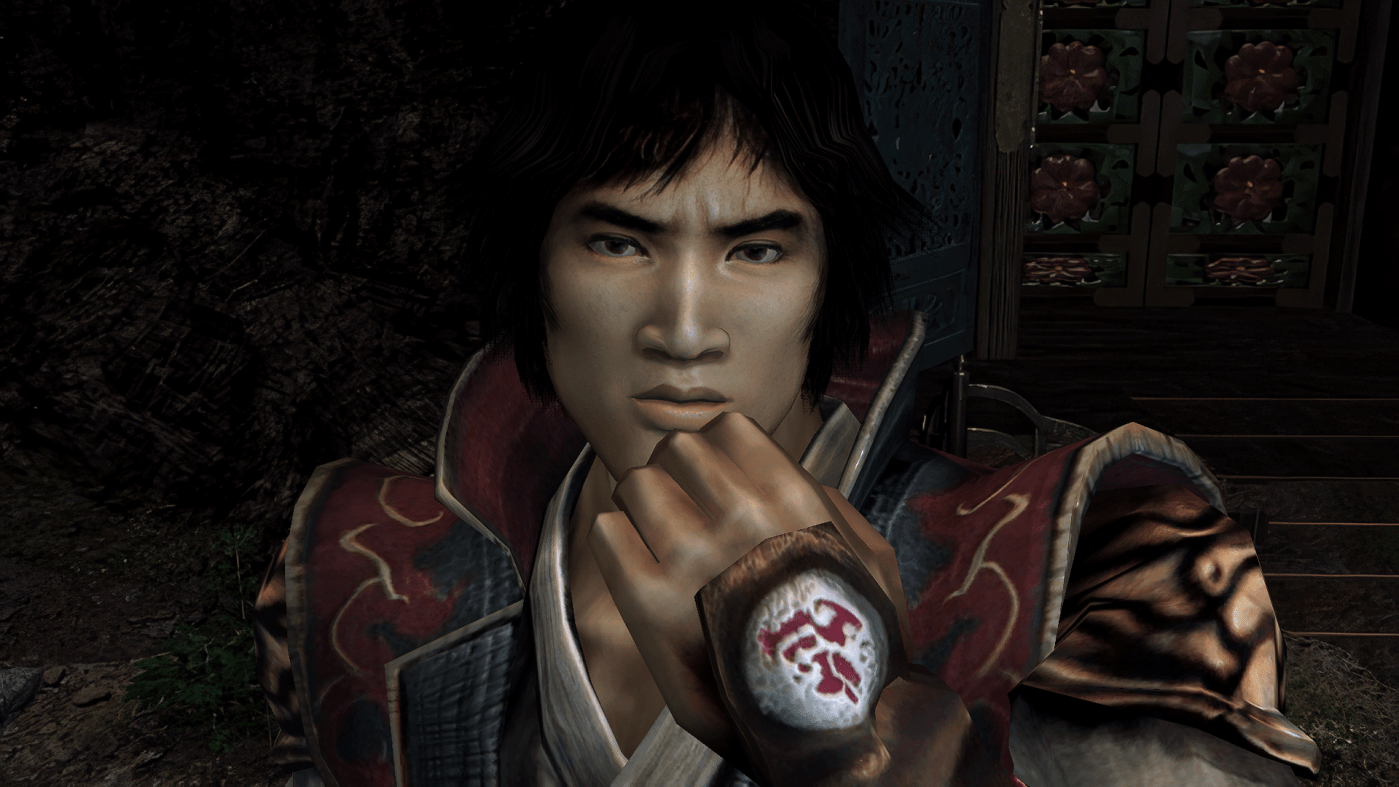
To see how far gaming has come, it’s important to know where it has been. Over 20 years, visual fidelity has improved so much that it’s harder to tell video games from live-action movies. The voice work has taken an enormous leap as the actors behind digital characters become stars in their own right, and the gameplay has been refined to the point that older titles feel clunky at times.
The quality is so much better that playing the remaster of “Onimusha 2: Samurai’s Destiny” can be grating to those used to the likes of “The Last of Us.” But the Capcom sequel must be put in context. It was released at a time when having a protagonist that resembled a real-life actor was a novel idea and environments were static pre-rendered scenes rather than fully polygonal worlds. After all, the PlayStation 2 hardware could only handle so much.
A BIGGER SCOPE FROM THE ORIGINAL
Back in 2002, protagonist Jubei Yagyu’s revenge tale against Oda Nobunaga, the new leader of the demons, was cutting edge graphically and cleverly used design to overcome the system’s limitations. It was also a more ambitious title that took the core concept of a samurai defeating an army of evil and expanded it out to include a village and a wider cast of characters.
It’s a bigger game in scope from the original, and thankfully, developers leveraged modern consoles’ horsepower to upgrade the project around the edges. It supports high-definition screens and improved graphical touches to the character models, though the blocky sausage fingers remain. All of this makes visuals passable by today’s standards. The campaign isn’t a treat for the eyes, but it won’t scar players’ eyeballs either.
Players will meet a larger cast of support characters in “Onimusha 2” such as Magoichi, left, and Ekei, right. (Capcom)
IMPORTANT UPGRADES
The best changes come in the control scheme and gameplay. Capcom modernizes the control scheme so that players don’t have to deal with the infamous tank controls of this era. For purists, the developers keep it in and tie it to the directional pad, but “Onimusha 2” works much better with the free movement of the left analog stick.
The team also modified the controls so that players spend less time in menus. Players can hit R3 to bring up a map to help them navigate the world, and they can switch weapons on the fly. Unfortunately, cycling through the arsenal still feels cumbersome, especially when enemies swarm players. It’s often better to just pause the game and find the right weapon for the situation.
Although the controls were improved, “Onimusha 2” is still a product of its generation. Moving around the world means controlling the protagonist, Jubei Yagyu, across flat images and those pictures constantly shift as players move to different parts of rooms. It’s almost like playing a game through security cameras. It’s disorienting and players may not have a great angle on fighting foes who could be hiding behind corners or off camera.
The free movement mitigates some of these issues, allowing players to dodge attacks, but again, the switching camera angles still present confusion and control issues.
Oda Nobunaga and his demon army are the villains in “Onimusha 2.” (Capcom)
AHEAD OF ITS TIME
Beyond that, “Onimusha 2” has several forward-thinking ideas. It expands on the core combat with four elemental weapons and one secret armament. The swords, spear and hammer all have their advantages in combat and players will have to switch among them to efficiently defeat enemies. When demon’s die, they release orbs that Jubei can absorb and use to upgrade his arsenal and armor. He even has an ability to transform into a more powerful ogre to deal heavy damage to adversaries.
Related Articles
Hands-on with ‘Kunitsu-Gami: Path of the Goddess’ on Nintendo Switch 2
Apple to debut dedicated gaming app within days of Switch 2’s arrival
Hands-on with ‘Street Fighter 6’ on the Nintendo Switch 2
‘Pikmin Bloom’ Mini Walk sprouts near Nintendo Store San Francisco
Fortnite video game returns to iPhone app store in U.S., ending exile imposed by Apple
More importantly, Jubei runs across four potential allies on his adventures. Players offer them gifts, and depending on how they like Jubei, the supporting cast will show up in different parts of the adventure to lend a hand. That makes each play-through slightly different.
Although I appreciated the characters’ backstories, the horrific English voice acting in “Onimusha 2” blunted any of the drama, with some scenes coming off as cringy. The performances hinder but don’t torpedo an adventure that is fun but also joyously weird.
Modern AAA titles have a focus-grouped sameness to them. When one genre becomes successful, other developers ape that aesthetic, and that creates deja vu projects that feel like an experience gamers have played before. “Onimusha 2” is far from that. It’s an unabashedly strange mix of historical fiction and the supernatural with the occasional robot thrown in. That type of energy is missing in a lot of current titles, and Capcom’s remaster is a reminder that this vibrancy still exists in the past.
‘Onimusha 2: Samurai’s Destiny’
Two stars out of four
Platform: PlayStation 4, PC, NIntendo Switch, Xbox One
Rating: Mature